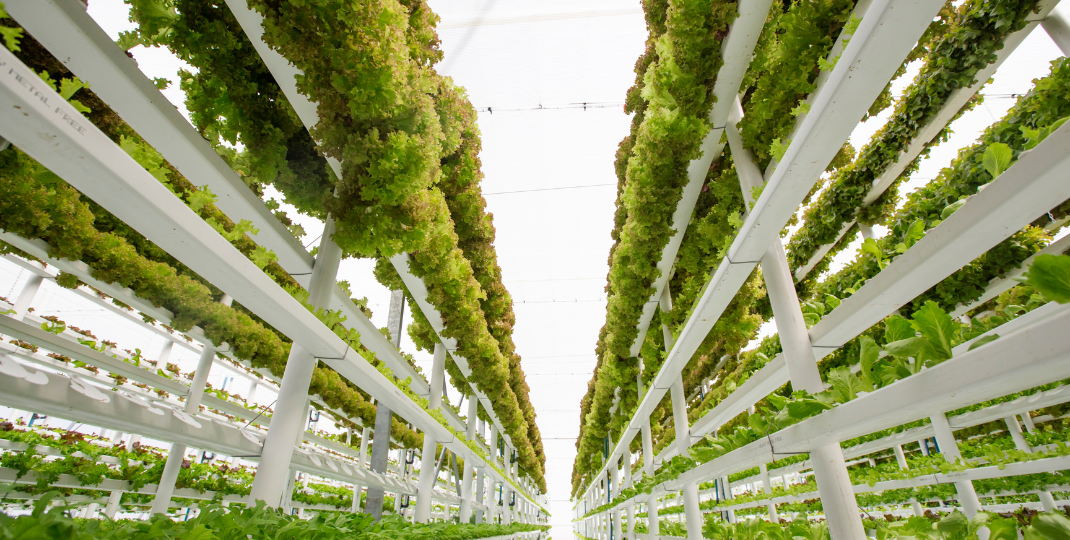Plant protein extraction methods refer to the processes used to isolate and purify proteins from various plant sources. With the growing popularity of plant-based diets and the increasing demand for sustainable protein alternatives, these methods have become crucial in obtaining high-quality plant proteins for use in food products, supplements, and other applications. The extraction methods involve breaking down plant materials, separating the protein from other components, and refining it to achieve desired purity levels. These methods play a pivotal role in not only enhancing the nutritional value of plant-based products but also improving their taste, texture, and functionality.
What is the most efficient and cost-effective method for extracting plant proteins?
The most efficient and cost-effective method for extracting plant proteins is generally through the use of various extraction techniques such as mechanical methods (e.g., grinding, pressing), chemical methods (e.g., using solvents like ethanol or hexane), or enzymatic methods (e.g., using proteases). These methods help break down the plant material and release the proteins, which can then be isolated and purified. Factors like the type of plant material, desired protein quality, and scale of production should be considered in choosing the most suitable method for extracting plant proteins efficiently and economically.

How can we optimize plant protein extraction to minimize environmental impact?
To optimize plant protein extraction and minimize its environmental impact, several strategies can be implemented. Firstly, selecting plants with high protein content and using them as a primary source would reduce the need for excessive land use. Additionally, adopting sustainable agricultural practices like organic farming, using natural fertilizers, and reducing water consumption during crop cultivation can contribute to minimizing the overall environmental footprint. Implementing efficient extraction methods that require minimal energy and chemical inputs, such as low-temperature or enzyme-assisted extraction, could further reduce the environmental impact. Finally, exploring innovative technologies, like utilizing waste by-products from other industries or utilizing bioreactors for protein production, can help achieve sustainable and efficient plant protein extraction while minimizing the environmental burden.
Are there any undiscovered or underutilized plant sources with high protein content that could be used in extraction methods?
There is a possibility that there are undiscovered or underutilized plant sources with high protein content that could be used in extraction methods. Despite extensive research and knowledge about various plant species, new plants are constantly being discovered, and their potential as protein sources remains largely unexplored. Additionally, many existing plant sources with high protein content are underutilized due to limited awareness or lack of suitable extraction techniques. Identifying and tapping into these untapped plant sources has the potential to contribute to sustainable and diverse protein production.
Can plant protein extraction methods be tailored to produce specific types of proteins with desired functionalities?
Yes, plant protein extraction methods can be tailored to produce specific types of proteins with desired functionalities. Different extraction techniques such as aqueous extraction, alkaline extraction, and enzymatic extraction can be used to target specific proteins based on their solubility, structure, or functional properties. Additionally, processing parameters like pH, temperature, and the use of additives can further customize the extraction process to obtain proteins with desired functionalities such as emulsifying, foaming, gelling, or texture-modifying properties. By adjusting these variables, it is possible to optimize the extraction process and achieve the desired functional characteristics of the extracted plant proteins.
What is the best way to extract plant proteins while preserving their nutritional value and bioavailability?
The best way to extract plant proteins while preserving their nutritional value and bioavailability is through gentle processing methods such as cold-pressing or low-temperature extraction. These methods help to minimize heat exposure and oxidation, which can degrade the protein structure and reduce its nutritional value. Additionally, using natural solvents or enzymes instead of harsh chemicals can further ensure that the extracted proteins retain their bioavailability and are free from any harmful residues.

Are there any potential health risks associated with certain plant protein extraction methods?
There are potential health risks associated with certain plant protein extraction methods. Some methods involve the use of chemicals and solvents, which may leave residues that can be harmful if consumed in large amounts. Additionally, some extraction methods may result in the loss of important nutrients or the creation of potentially toxic byproducts. It is important to carefully evaluate the extraction method used for plant proteins and ensure that it does not pose any health risks before incorporating them into one's diet.
How can we enhance the sensory attributes, such as taste plant protein extraction methods and texture, of plant-based protein extracts?
To enhance the sensory attributes of plant-based protein extracts, several approaches can be employed. Firstly, incorporating natural flavors and spices can improve the taste profile by adding complexity and depth to the product. Additionally, optimizing the processing techniques such as extrusion or fermentation can enhance the texture, resulting in a more appealing mouthfeel. The use of food additives like hydrocolloids or emulsifiers can also contribute to improving the texture and stability of the plant-based protein extracts, making them more similar to their animal-derived counterparts. Lastly, conducting consumer research and obtaining feedback can help fine-tune the sensory attributes based on preferences, ensuring a more enjoyable eating experience.
Is it possible to develop novel extraction techniques that can improve the overall yield and purity of plant proteins?
Yes, it is possible to develop novel extraction techniques that can improve the overall yield and purity of plant proteins. These techniques might involve optimizing parameters such as extraction time, temperature, pH, solvent composition, and enzyme treatment. Additionally, the use of advanced technologies such as high-pressure processing, ultrasound-assisted extraction, and membrane filtration can enhance protein extraction efficiency. By developing innovative methods, researchers aim to maximize protein recovery while minimizing impurities, leading to improved yield and purity of plant proteins for various applications in food, pharmaceutical, and other industries.
Exploring Plant Protein Extraction Methods: An In-depth Analysis
In conclusion, plant protein extraction methods play a crucial role in meeting the growing demand for sustainable and nutritious food sources. These methods offer numerous advantages, including cost-effectiveness, scalability, and potential for minimal environmental impact compared to animal-based protein production. While each extraction method has its own set of considerations and limitations, advancements in technology and research continue to improve efficiency and yield. As the interest in plant-based diets continues to rise, further study and optimization of these extraction methods will be essential to unlock the full potential of plant proteins and contribute to a more sustainable future.
